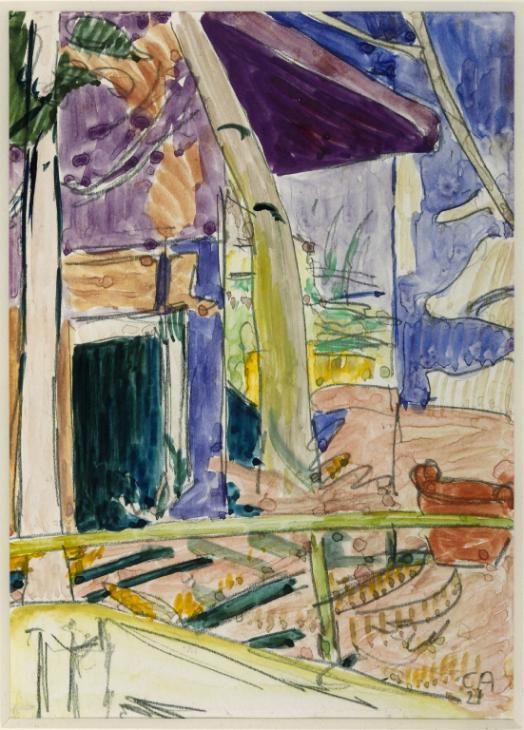#cuno amiet's studio
Text
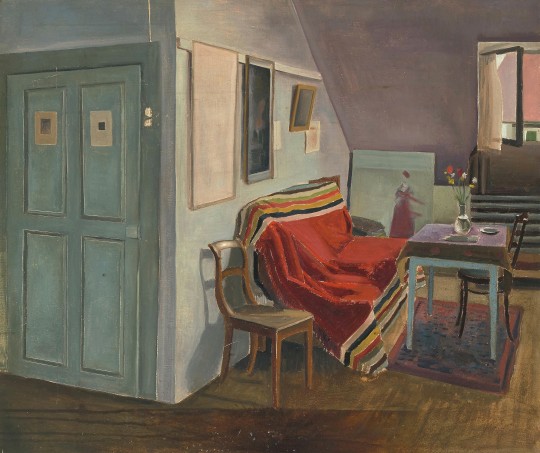
Erich (Ricco) Wassmer (1915-1972, Swiss) ~ Skizze Atelier Amiet Oschwand, 1942
[Source: LotSearch]
85 notes
·
View notes
Photo
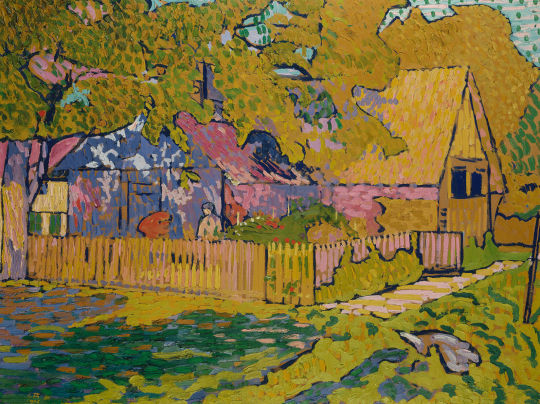
Cuno Amiet (1883-1919)
Atelier im Herbst - The Studio in Autumn (1906)
oil on board 81 x 108 cm
508 notes
·
View notes
Text
Fashion Muse| Sculptor Alberto Giacometti: Shallow Not Stupid.
Text by Makoto. Li
Art probably accounts for half of a designer's inspiration pool, with paintings being the most important, and the 3D thinking of sculptures actually accounts for part of the index. The Swiss sculptor Alberto Giacometti has a strong connection with fashion, having worked with fashion designer Elsa Schiaparelli and with fashion designers whose work has been a great source of inspiration.
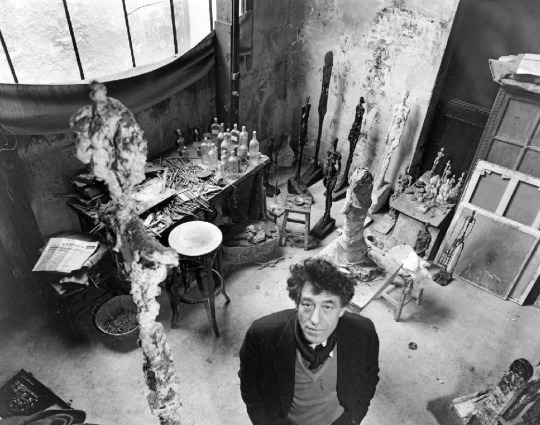
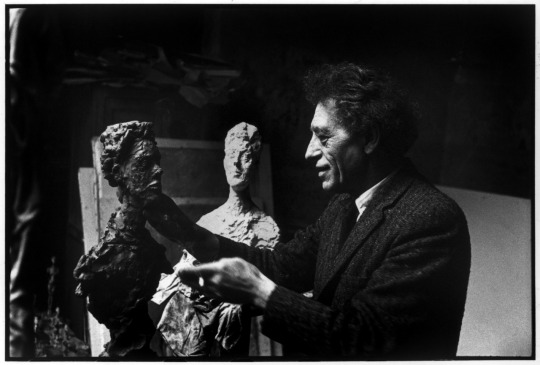
In 1957, the writer Jean Genet depicted the sculptor Alberto's studio as a 'milky swamp, boiling with rubbish, like a real ditch'. The sculptor's floor, face, hair and clothes were coated in plaster, and every corner was covered in confetti and chunks of paint. Yet here, too, 'the power of fermentation is magical as if by magic, art grows out of rubbish'.

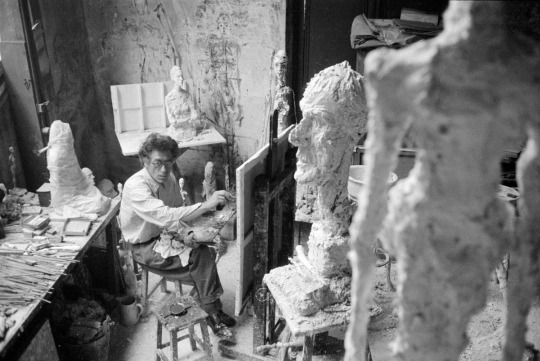
Alberto Giacometti's life story is a long one: born in 1901 in remote Borgonovo, Switzerland, he inherited his family's artistic genes as a painter from an early age - his father, Giovanni Giacometti, was an Impressionist painter who supported his son's interest in art from an early age and encouraged Alberto to come to his studio. His father, Giovanni Giacometti, was an Impressionist who supported his son's interest in art from an early age and encouraged Alberto to come to his studio to paint; his godfather, Cuno Amiet, was an icon of the Fauvists and was a well-known figure in the art world, from his family to his parents' close friends. He learned to paint from an early age.
Alberto was not yet ten years old when he could draw pencil sketches for his revered godfather Amiet, and by the age of twelve or thirteen, he had already gotten the hang of oil painting and made his first sculpture for his brother Diego. But he did not follow his father's instructions for the rest of his life, even in his final painting style - Alberto aspired to (or instead had a substantial impact on) cubism and surrealism, moving towards the avant-garde.

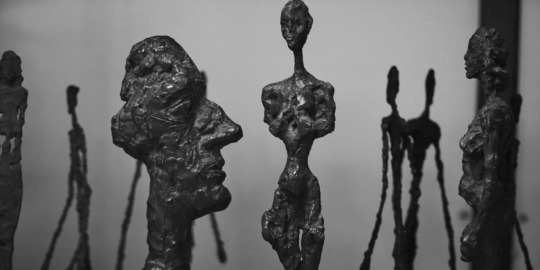

At an early age, Alberto travelled with his father to Italy, where he visited the paintings and artworks of the Renaissance and saw many masterpieces that had a ripple effect on Alberto's mind, most notably the frescoes of the Giotto and the ancient Egyptian civilisation in the National Archaeological Museum in Florence. These were the things he wanted to see, which urged Alberto to absorb new knowledge from them, choosing to return to Paris to immerse himself in the art world. After attending the Geneva Academy of Fine Arts, Alberto moved to Paris in 1922 to study under the famous sculptor Auguste Rodin and his assistant Antoine Bourdelle.

While in Paris, Alberto met the artists Joan Miró, Pablo Picasso and Max Ernst, and the philosophers Jean Paul-Sartre and André Breton. Soon, under the influence of his many friends, Alberto was recognised as a leader in surrealist sculpture and wrote and painted for the magazine Le Surrealisme au Service de la Revolution. Since then, Alberto stopped modelling from life and devoted himself to fantastic fantasy, declaring in 1933 that 'when conscious of the sculptures, they were already in the most perfect state in my mind'.
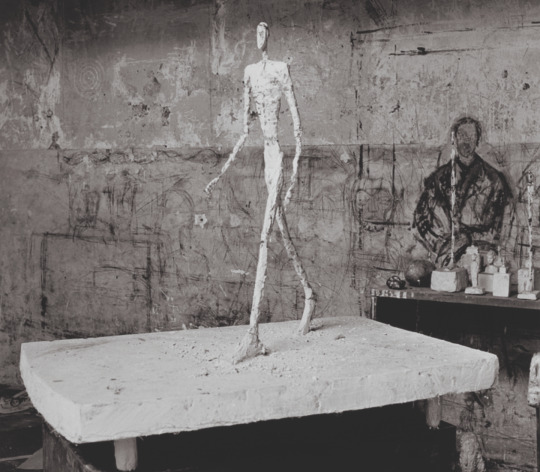
「Walking Man I」(1961)
From 1935 to 1940, Alberto departed from the Surrealist style and was drawn to Cubism and Primitive Art in his own artistic and literary Paris, where he slowly changed the shape of his work. He began to use bronze for his sculptures, which became thinner and more slender. His distinctive style is evident in 'Walking Man I' (1961), one of his most famous works of art. The sculpture's height contrasts with the extraordinarily slim figure in the life-size work, and the elongated figure with dimples and wrinkles gives the figure a highly sculptural feel. However, the work's excessive thinness and isolation inspired many critics to question Alberto's work, which was unusually lonely after the outbreak of the Second World War.
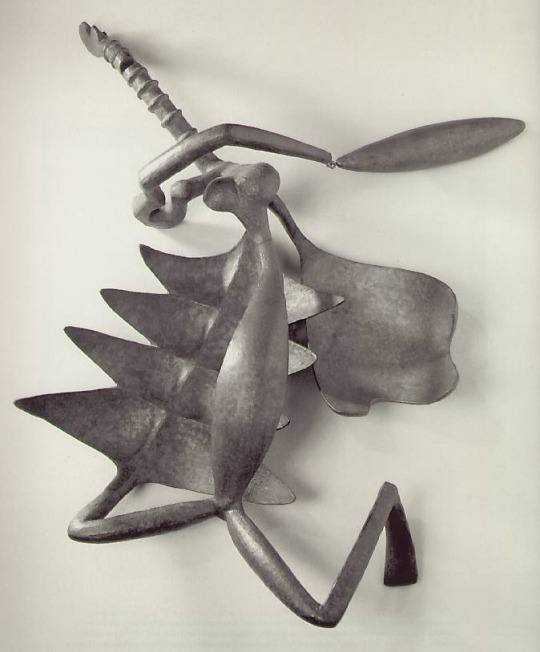
「Woman With Her Throat Cut 」(1932)
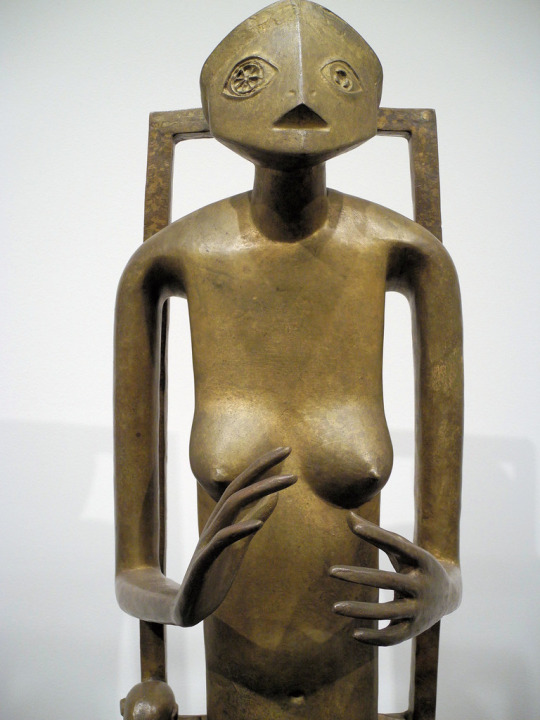
「Hands Holding the Void」
In fact, from 1930-1940, Alberto's work revolved around the themes of 'sex and death'. "Woman With Her Throat Cut' (1932) is an image of rape and murder, with Alberto's more everyday concerns; 'Hands Holding the Void' and 'Imaginary Object' (1934-5), two works known for their 'contradictions', are about the relationship between appearance and touch. One of the recollections that share Alberto's feelings about touching and being touched.

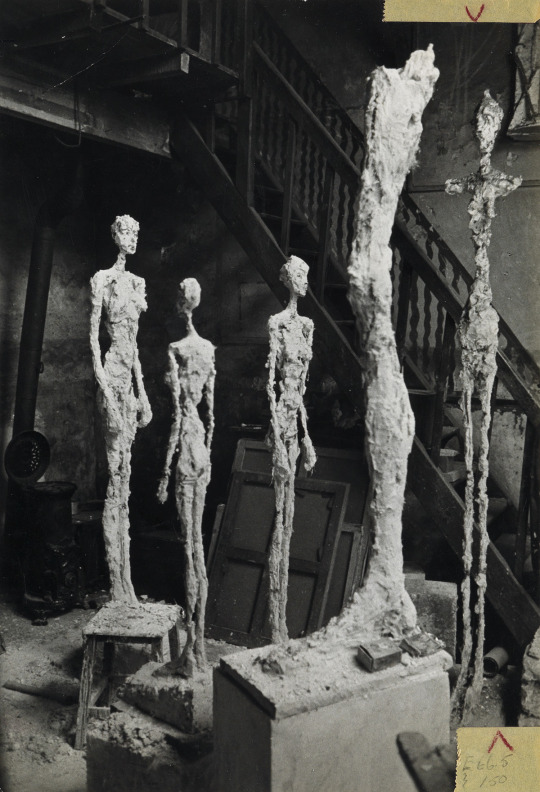
The 1930s were a period of maturity for Alberto Giacometti. He was influenced by the 'Freudian effect', a strong sense of sexuality, obsessive-compulsive disorder and psychological trauma in his work. There are also hints of inspiration from Alberto's circle of friends, as he was close to Man Ray, Joan Miró, André Masson and André Breton, a group of artists who sang about the Surrealist movement.
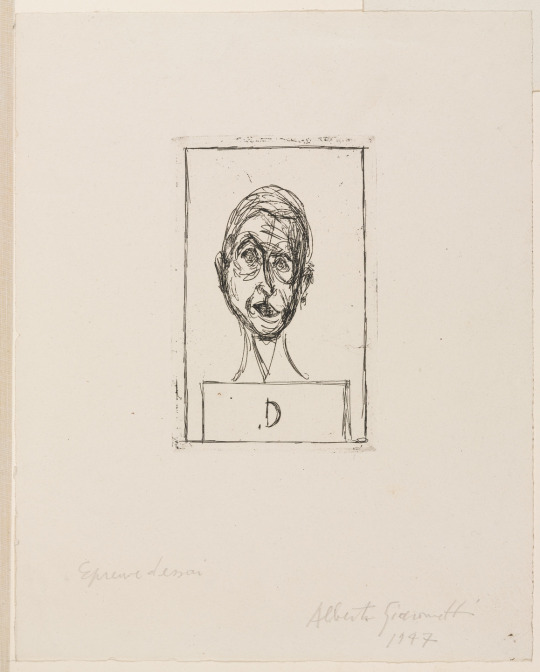
Alberto's brushstrokes of Georges Bataille.

「Suspended Ball」
As they interacted with each other, Alberto increasingly thought about how to intertwine figures and objects in an illusory space while creating a dreamlike yet realistic visual imagination. For example, when André Breton actively invited Alberto to join the school, he published his 'Suspended Ball' sculpture in 1930, which most critics agree is a classic example of his surrealist work, inspired by the central thinking of Georges Bataille.
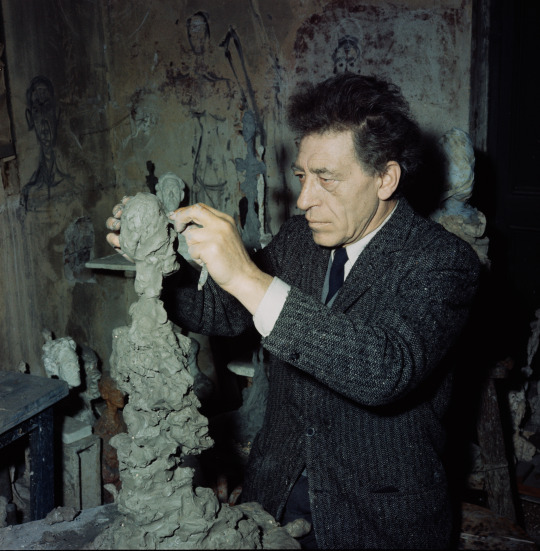
Upon his return to Paris in 1945, Alberto's vision led him to escape the miniature. One day, walking out of a cinema on Boulevard Montparnasse, he experienced 'a radical transformation of reality'. At that moment, his vision of the world was dominated by photography (even though 'reality is bipolar apart from the assumed objectivity of cinema'). He felt that this was the first time he had been in this world and was so frightened that he touched pain in his head as he looked around him as if everything around him was isolated from him. Afterwards, he tries to communicate with the outside world and enters a familiar tavern. At that moment, he found that time was frozen, that the waiters appeared in front of him as statues, and that everything had become still.

Elsa Schiaparelli, an iconic figure in the fashion world, has been associated with the surreal genre, and there have been many exchanges between the two. For example, Schiaparelli has a collection of Alberto's sculptures. Alberto has created custom-made gold-plated cameo buttons for the designer, which were shown in an exhibition of buttons at the Musée des Arts Décoratifs in Paris.
Art itself has no end; it evolves through time and culture, and Alberto's sculptures are becoming too. Influenced by the Second World War and abstract art, his bronze sculptures are deliberately mottled and even uneven in appearance, like layers of plastered clay, and increasingly large in size and complexity of scale and technique. For example, Woman of Venice II (1956) is about four feet tall, but Tall Woman II is nine feet tall, and the textures of his figures have become increasingly rough and blurred. It is left to the viewer's interpretation.
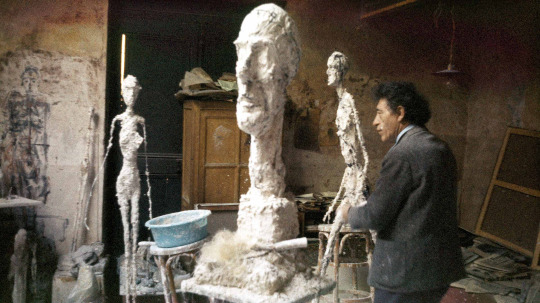

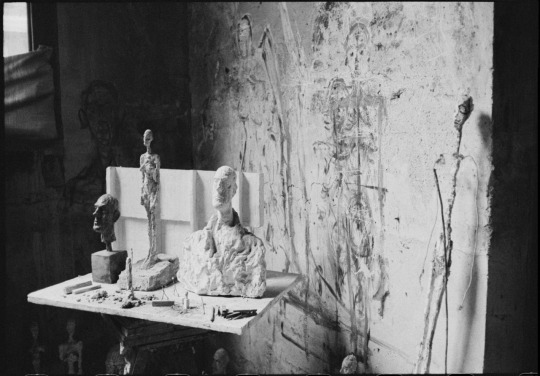
In the 2015 Christie's New York spring sale, Alberto's Pointing Man fetched $140 million, beating his record of $100 million set in 2010 for The Walking Man. Alberto's bronze sculptures have brought a particular emotion to fashion designers but have also infected fellow artists. For example, the American artist John Baldessari held art and fashion conversation at the Fondazione Prada in Milan in 2010, combining Alberto's tall, slender and frail bronze sculptures with ornate evening wear accessories, reflecting social consciousness through exaggerated proportions.
The Italian leather workshop Guidi directly admits that the brand's mottled, vintage look is somewhat influenced by Alberto's rugged approach. The same leather goods brand Piquadro, which premiered its co-branded mini-collection at Milan Autumn/Winter 2013 Men's Fashion Week, has woven a magnificent image for the brand's clutch bags, half inspired by Alberto's sculptural concept, which was also displayed in bronze.
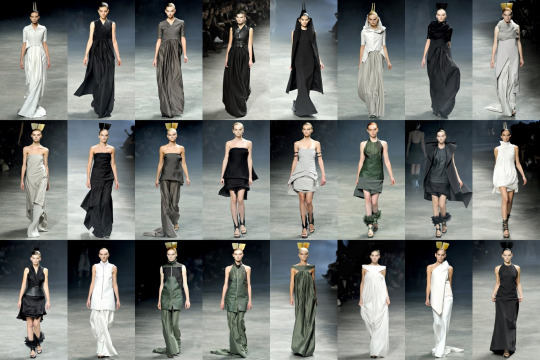
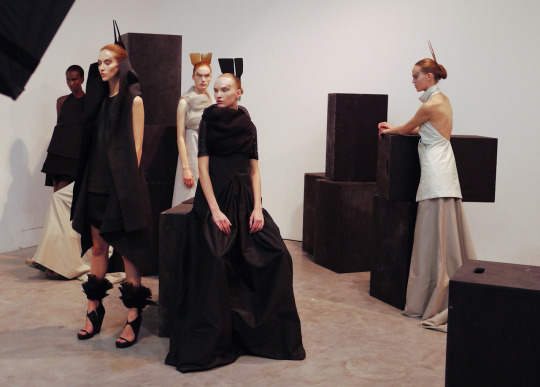
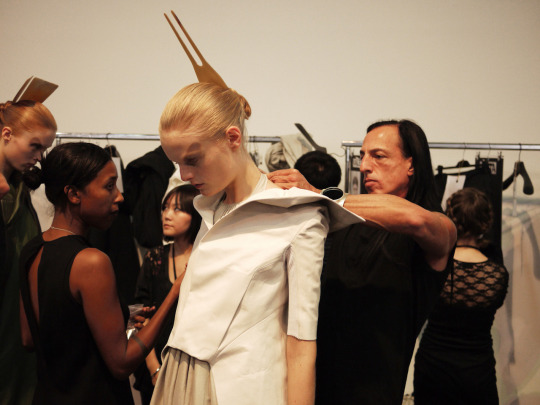
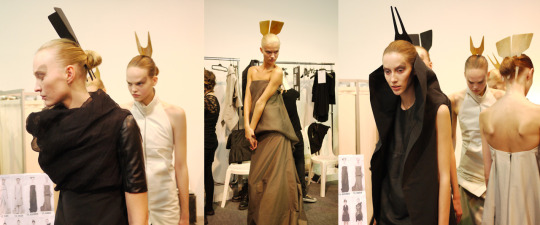
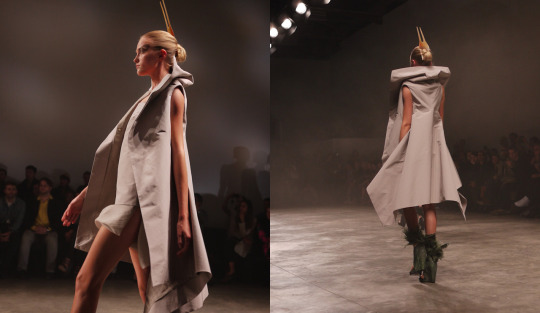
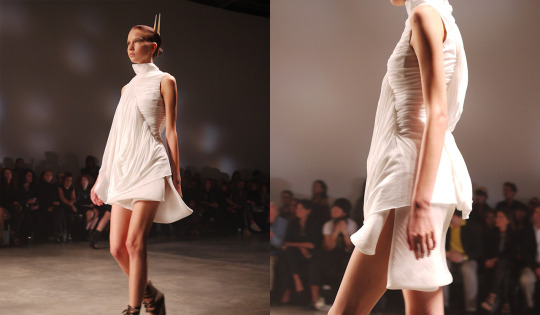
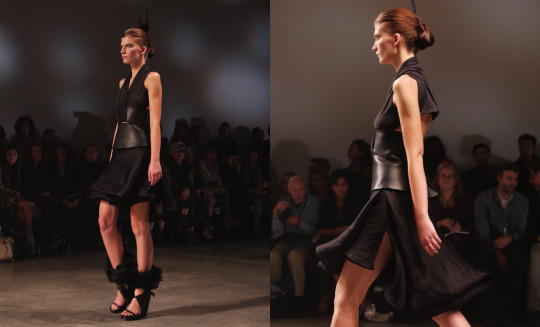

Rick Owens 2011 SS.
Vika Gazinskaya, a Russian designer, has also confessed that her eponymous label's womenswear muse is not only inspired by architectural influences such as Rem Koolhaas but also by Alberto Giacometti. He is part of the pocket list. For Rick Owens Spring/Summer 2011, the designer was fascinated by Alberto's three-dimensional sculptural aesthetic, which he turned into the garment's structure.
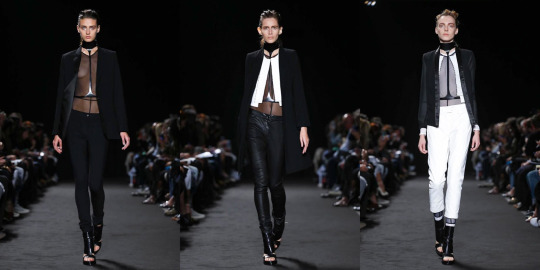
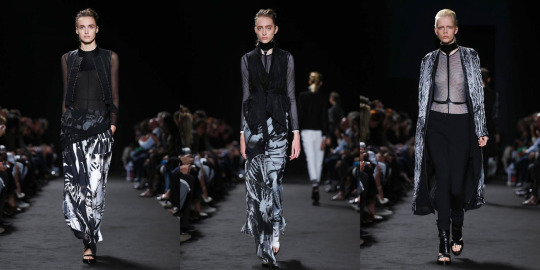

For the Ann Demeulemeester Spring/Summer 2016 collection, designer Sebastien Meunier directly named Alberto's sculptural silhouette as an inspiration, using leather cuts to extend the imagery of the human body's slender lines and then creating an elegant, feminine look through the tulle and body-hugging silhouettes.
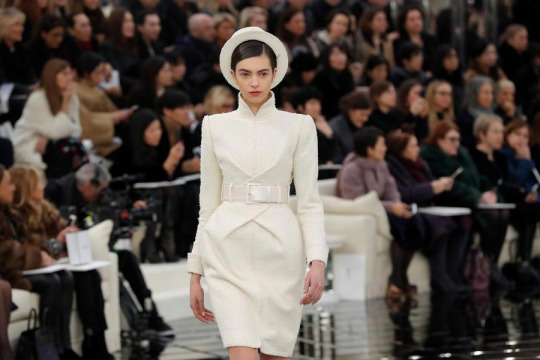


For Chanel Spring/Summer 2017 Haute Couture, Alberto Giacometti's sculpture 'Spoon Woman' (1926) was the primary source of inspiration. Inspired by the African 'Dan culture', in which the vessel is the equivalent of a woman's womb, the sculpture looks like a giant spoon from afar but abstractly depicts the curves of a woman.
In fact, the influence of the spoon-shaped silhouette can be seen in many of Lagerfeld's previous couture pieces. Skirts were belted high and tight to accentuate the curve of the hips, while some robes were considerably off the body. For the most part, the torso and shoulders have been fitted or somewhat constricted; the tweed jacket, in particular, mimics the square line of Alberto's bust, a classic feminine style with a delicate feminine beauty interspersed with Power.
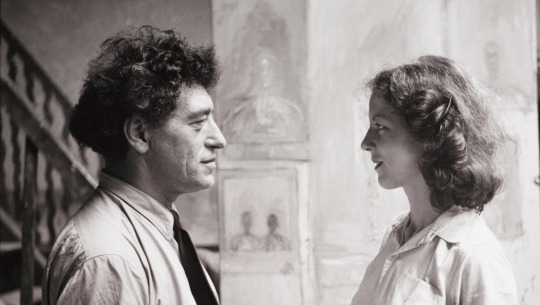

To borrow a phrase from the critic David Sylvester: 'When I encounter a woman in Alberto's work, one second she is as distant as the person on the other side of the street, and the next she seems to be there', is how he perceives Alberto's work. For Mako, many of Alberto's works have a specific meaning, and the human figures come to life, sinking their legs deep into the ground to capture the wildest edges of life. It seems that fashion's ability to draw on art is one of its most beautiful aspects; it is also the hardcore part of fashion that can shock those who really know and not be washed away by trends.
#Alberto Giacometti#Sculptor#Giovanni Giacometti#walking man I#georges bataille#piquadro#guidi#chanel#ann Demeulemeester#rick owens#art and design
17 notes
·
View notes
Photo

Cuno Amiet
Blick aus dem Atelierfenster auf verschneite Däche - View of snow-covered roofs from the studio window (1957)
oil on canvas 80.5 x 109 cm
49 notes
·
View notes
